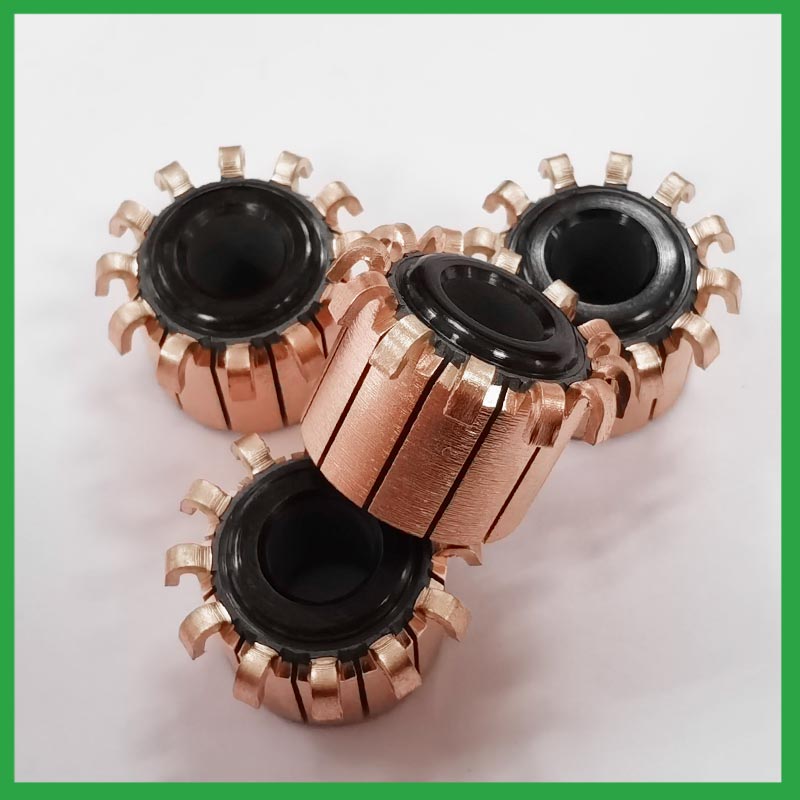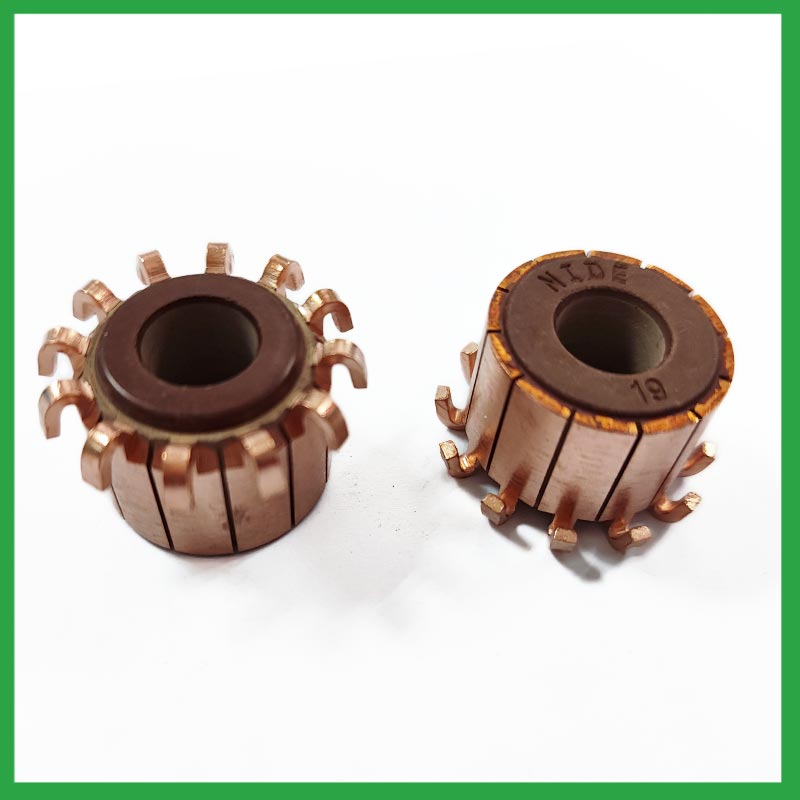2024-08-12
Electric motors are the backbone of countless industrial and commercial applications, driving everything from manufacturing machinery to household appliances. A crucial component of many electric motors is the commutator, which ensures the smooth transfer of electrical current to the motor’s rotating armature. However, over time, commutators can wear out or become damaged, necessitating replacement. This raises an important question for businesses and individuals alike: Is motor commutator replacement expensive? In this article, we will explore the factors that influence the cost of commutator replacement, and why investing in quality parts and maintenance from a trusted provider like "Nide International" can ultimately save money in the long run.
A commutator is a cylindrical component, usually made of copper segments insulated from each other, that is attached to the motor's rotor. Its primary function is to reverse the direction of currentin the armature windings, ensuring that the motor generates a consistent rotational force. The commutator works in conjunction with carbon brushes, which slide against its surface to maintain electrical contact. Over time, the constant friction and electrical arcing cause the commutator’s surface to wear down, leading to a decline in motor performance and, eventually, the need for replacement.

Several factors contribute to the overall cost of replacing a motor commutator. Understanding these factors can help you assess whether the expense is justified and how to minimize costs.
The cost of replacing a commutator largely depends on the type and size of the motor. Larger industrial motors, such as those used in heavy machinery or power generation, typically have larger and more complex commutators, making replacement more expensive. For example, the cost of replacing a commutator in a large industrial motor can range from $2,000 to $10,000, depending on the specific requirements.
In contrast, smaller motors, like those found in household appliances or small machinery, have simpler commutators that are less costly to replace, often ranging from $100 to $500.
The quality of the materials used in the commutator significantly affects both the initial cost and the longevity of the replacement. High-quality commutators made from premium-grade copper or other durable materials are more expensive but offer better performance and a longer lifespan. Cheaper materials may reduce upfront costs, but they often wear out faster, leading to more frequent replacements and higher long-term expenses.
Nide International prides itself on providing commutators made from top-grade materials, ensuring durability and reliability even in demanding industrial applications.
Labor is another critical factor in the cost of commutator replacement. The process involves disassembling the motor, removing the old commutator, installing the new one, and reassembling the motor. This requires specialized skills and tools, particularly for large or complex motors. The labor cost for commutator replacement can vary widely depending on the complexity of the motor and the rates charged by the service provider.
For instance, labor costs can range from $500 to $2,500 for industrial motors, while simpler replacements in smaller motors may cost as little as $100 to $300.
For businesses, the cost of motor downtime during commutator replacement can be significant. When critical machinery is out of operation, it can lead to lost productivity, missed deadlines, and reduced profitability. It’s essential to consider these indirect costs when evaluating the overall expense of commutator replacement.

Given the potential costs involved, some might question whether commutator replacement is worth the investment. However, it’s important to consider the long-term benefits. Replacing a worn or damaged commutator can restore motor efficiency, reduce energy consumption, and extend the motor’s lifespan, ultimately saving money over time.
Moreover, delaying commutator replacement can lead to more severe motor damage, resulting in even higher repair costs or the need for a complete motor replacement, which can be far more expensive.
While the cost of motor commutator replacement can be significant, it’s an investment in the continued performance and longevity of your equipment. By choosing high-quality commutators and relying on experienced professionals for installation, you can minimize long-term costs and avoid the pitfalls of frequent replacements or motor failure.
At Nide International, we understand the importance of reliable, high-quality components in maintaining the efficiency and durability of electric motors. Our range of premium commutators, combined with expert service, ensures that your equipment remains in optimal condition, reducing downtime and maximizing productivity. When it comes to motor commutator replacement, the initial expense is often outweighed by the long-term benefits of improved performance and reduced maintenance costs.
Product: Copper Shell Motor Commutator Armature Commutator , 8P Car Wiper Motor Commutator